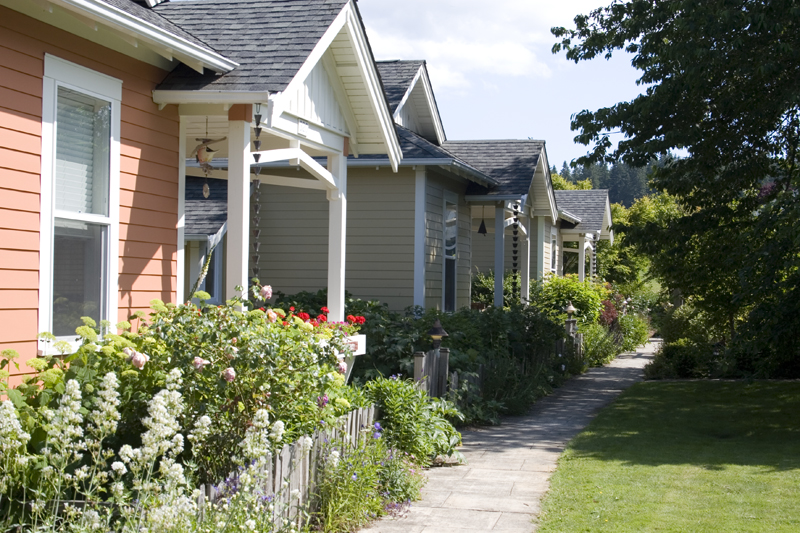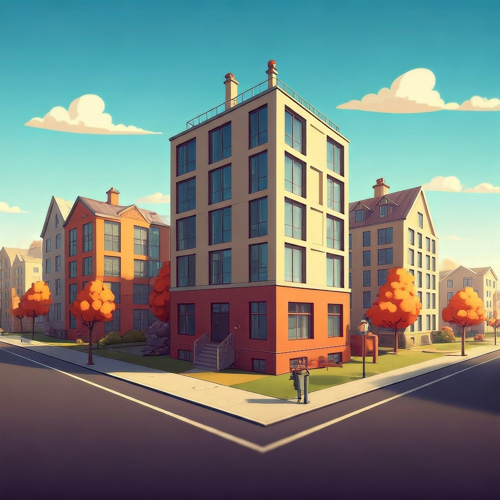As Generation X approaches retirement, many are seeking housing options that offer both comfort and community. Pocket neighborhoods, with their focus on human-scale design and social interaction, are emerging as an appealing choice for this demographic. These thoughtfully designed communities, often featuring clusters of smaller homes around shared green spaces, provide an ideal environment for aging in place while fostering a sense of belonging and connection.
Seattle, a city known for its vibrant culture and stunning natural beauty, is also home to a growing number of unique and charming “pocket neighborhoods.” These small-scale communities, often clustered around a shared courtyard or green space, offer a refreshing alternative to traditional housing developments. One of the leading architects behind this movement is Ross Chapin, whose firm has designed several notable pocket neighborhoods in the Seattle area.
Chapin’s architectural philosophy centers around creating spaces that foster social interaction and a sense of belonging while respecting individual privacy. His designs often feature small, clustered homes arranged around a shared courtyard or common green space, encouraging residents to connect with their neighbors and build a strong sense of community .
Here are a few examples of Chapin’s pocket neighborhoods in the Seattle area:

- Third Street Cottages, Langley, Washington: Located on Whidbey Island, just north of Seattle, this was Chapin’s first pocket neighborhood. It comprises eight cottage homes on four standard single-family lots with detached parking and a shared garden . This project helped demonstrate the viability of pocket neighborhoods and sparked interest in this type of housing.
- Danielson Grove, Kirkland, Washington: This community features small, well-designed homes with private gardens and a shared common green . It showcases Chapin’s ability to create intimate and livable spaces that promote both community and privacy.
- Greenwood Avenue Cottages, Shoreline, Washington: This project also features small homes with private gardens and a shared common green . It exemplifies Chapin’s focus on creating pedestrian-friendly environments that encourage interaction among residents.
- Umatilla Hill Neighborhood, Port Townsend, Washington: This neighborhood covers 2½ blocks and features a mix of garden-courtyard cottages, and small- and medium-sized houses . It demonstrates how pocket neighborhood principles can be applied to a larger scale while maintaining a sense of community.
These are just a few examples of Ross Chapin’s work in the Seattle area. His firm has been involved in numerous other projects, including custom residential designs and larger mixed-use developments. Chapin’s influence on Seattle’s urban landscape is undeniable, and his pocket neighborhoods offer a compelling vision for community living in the 21st century.
If you’re interested in learning more about Ross Chapin’s work and pocket neighborhoods in Seattle, be sure to visit his firm’s website and explore the resources available on pocket-neighborhoods.net. You can also find articles and blog posts about his work online, including a piece on Paul Dorpat’s Seattle Now & Then blog 1 .

